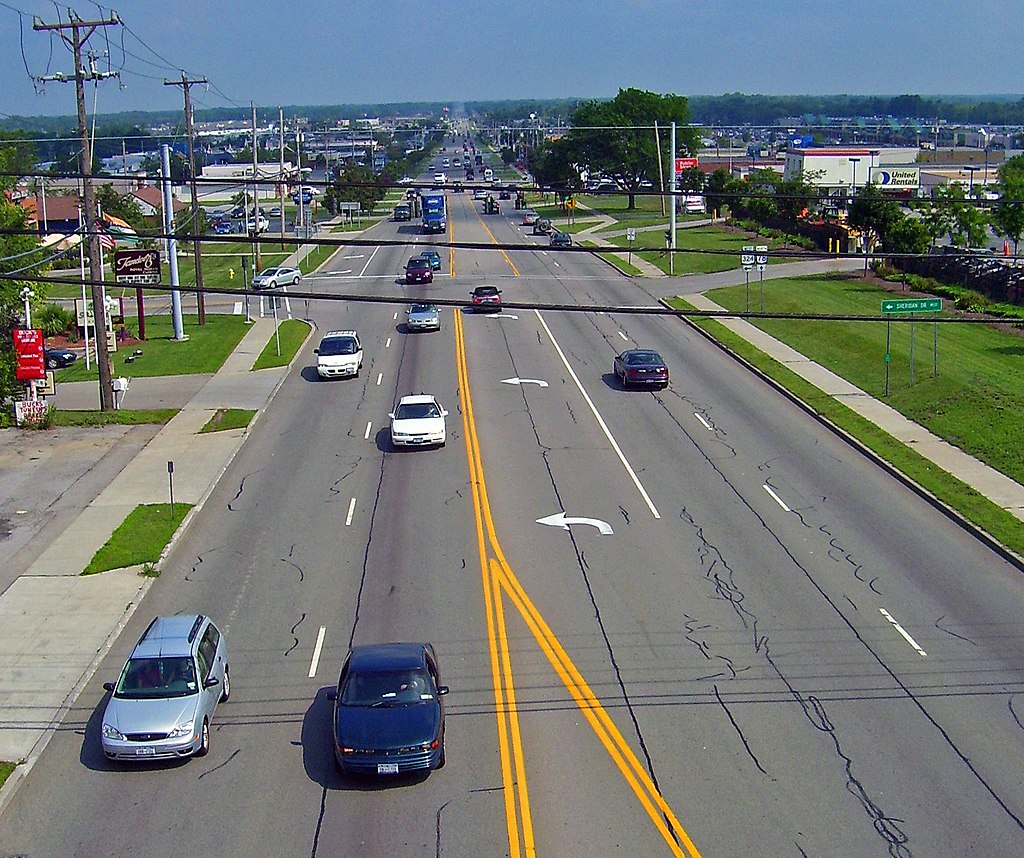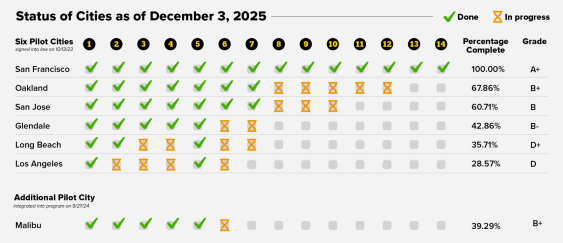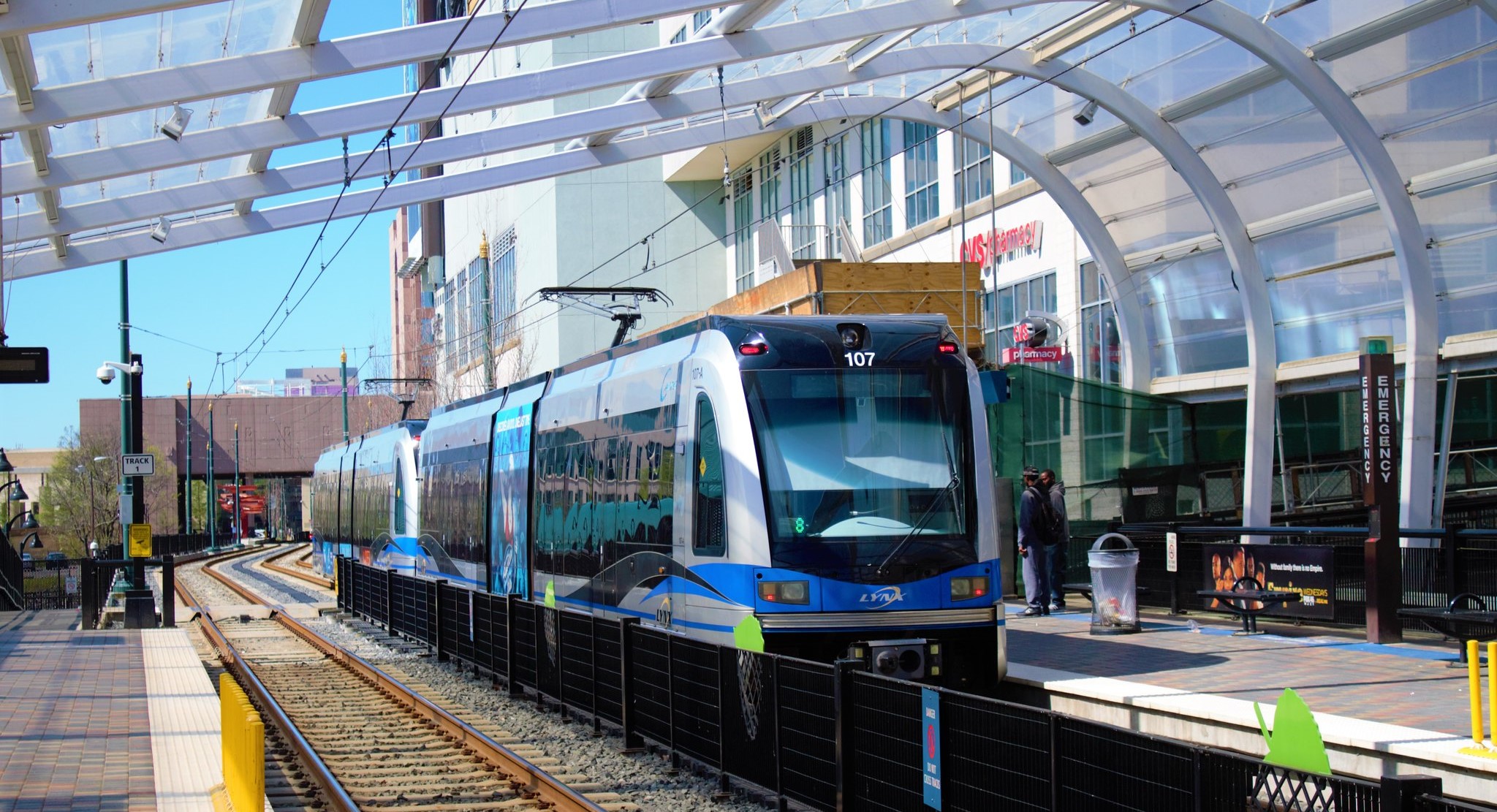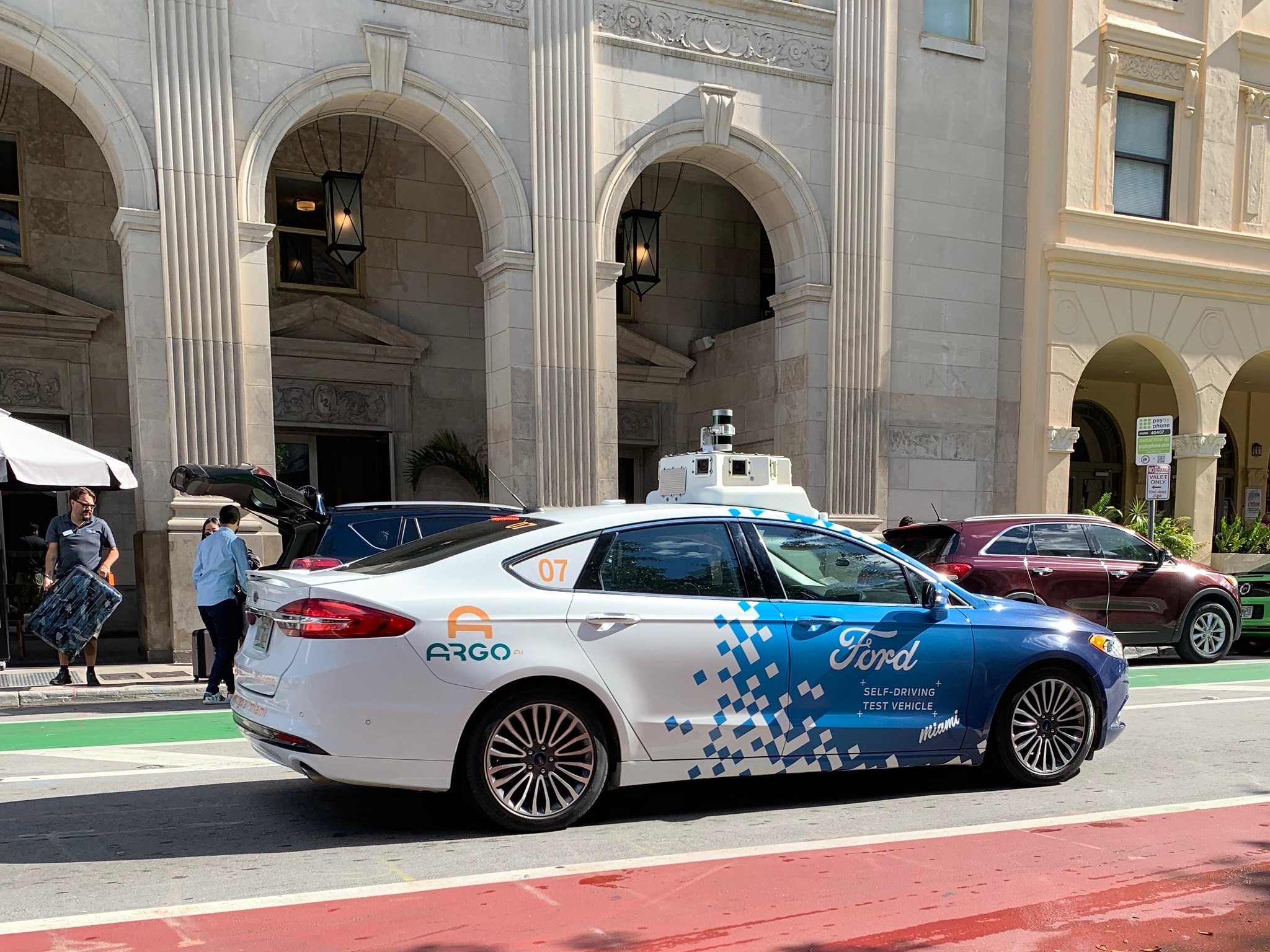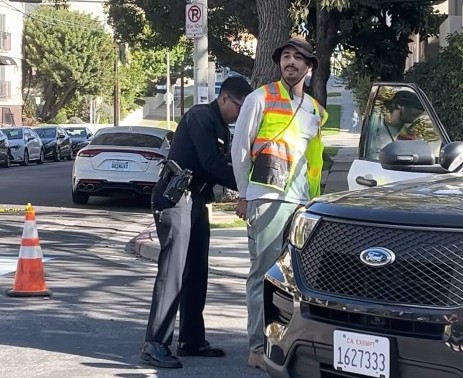A potentially controversial new law will give transportation officials in Delaware more power to re-imagine deadly "stroads" that mix lightning-fast through-traffic with slower local road users — including transforming them into true limited-access highways when a road diet is truly out of reach.
In late June, the Delaware General Assembly passed the Everyone Gets Home Act, which advocacy group Bike Delaware called the "first-ever legislative effort to deal with Delaware’s stroads," and which group leaders believe may be the first such law in the nation.
Ubiquitous among urbanists and safe streets advocates, the word "stroad" is a portmanteau of the word "street" — a people-centered corridor suitable for walking, rolling, and even slow-speed driving to destinations that people rely on — and "road" — an entirely car-centered thoroughfare where the only goal is to go fast to get somewhere you actually want to be.
Throughout America, traffic engineers have Frankensteined together those two diametrically opposed concepts into one unholy monstrosity: a massive, multi-lane arterial or highway, chunked up into ultra-long blocks and punctuated by traffic lights and driveways for an endless array of auto-oriented businesses and services.
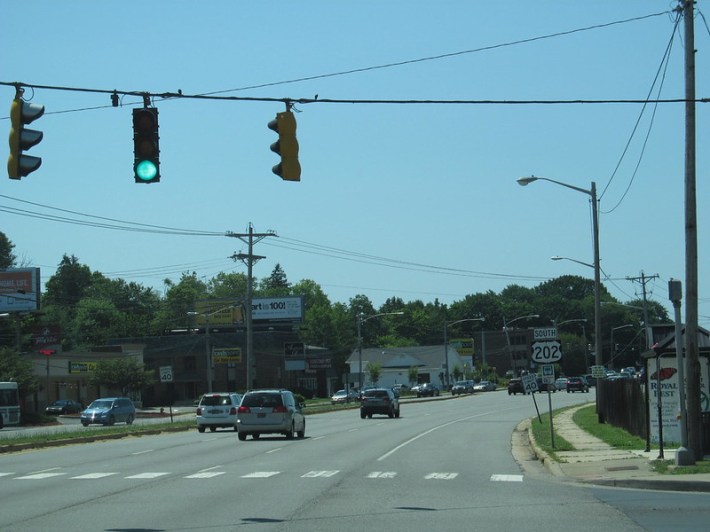
As a result, experts say that stroads have fast become the site of roughly three-quarters of pedestrian and cyclist deaths in America. They're also hotspots for crashes between motorists, who sometimes struggle to navigate turns across multiple high-speed lanes of traffic. And they don't even significantly reduce drivers' travel time — even as they make it near-impossible for anyone outside a car to conveniently or safely get where they're going.
That's particularly true in Delaware, which is one of the only non-Sunbelt states that routinely ranks among the top ten most deadly for pedestrians, in large part because of its heavily suburban development pattern.
“The fundamental thing you need to understand about stroads is that they're trying to be streets and they’re trying to be roads," said James Wilson, Bike Delaware's executive director (no relation to the author of this article). "That is the origin of why they're so awful, because people have refused to make a choice… But you must make a choice. That is that is the key.”
The Everyone Gets Home Act tackles the stroad problem in two key ways. First, it makes it crystal clear that the state's department of transportation — which, as in many U.S. communities, manages the bulk of Delaware's deadliest corridors — has the authority to turn stroads into streets by removing and narrowing lanes, adding traffic-calming infrastructure, lowering speed limits and more, though Wilson suspects that authority will mostly be used for local rural roads rather than monster arterials and highways.
But it also underscores the power of officials from DelDOT (as the agency is locally known) to turn stroads into roads, by clarifying their authority to acquire land to close off driveways and limit how often drivers turn — in the process, speeding up all the motorists who remain.
Wilson acknowledges that this might be a hard sell among his fellow bicycle and pedestrian advocates, particularly in urbanized areas where stroads tear through otherwise-walkable neighborhoods and force at least a handful of dangerous crossings on every trip. He argues, though, that the Delaware law is really about targeting the kind of ultra-suburban and rural stroads that started as limited-access highways, before slowly morphing into the deadly hybrids they are today as businesses sprang up along their flanks — and that it's time for them to go back to the way they were, as DelDOT works to enhance multimodal connections elsewhere in the grid.
“[Suburban Delaware] is not Manhattan," he adds. "There are pedestrians out there, but the volumes are super low. We're not going to take this suburban stroad with 50,000 cars a day [traveling on it] and put it on a road diet ... We're not going to traffic-calm it. So what do you do then?"
To help DelDOT make that decision, the Everybody Gets Home Act will also require the agency to publish where each county's crash-related injury and death hot spots are, and deliberately designate certain corridors as "low-speed streets" — while also, presumably, designating others as high-speed roads to which fast traffic should be diverted. By doing that, Wilson hopes the agency can be more strategic about which streets merit traffic-calming investments, and be more realistic about which ones should just be allowed to be highways.
“If you think that, on a given suburban road where, year after year, you’re having these serious and fatal pedestrian crashes — if you really think that there's a future for them as streets, then that's the future that you're going to envision," he adds. "On the other hand, if you’ve got a giant six-lane highway, [maybe the law should say] ‘You can't put a strip mall [there], or a liquor store, or a little bodega where you can buy cigarettes.’ Because that's just a formula for people trying to cross and dying.”
Wilson stresses that Delaware's de-stroading strategy isn't suitable for dense urban cities with lots of pedestrians, where traffic-calming stroads should absolutely be the norm. But in the most auto-oriented corners of America — and there are plenty of them — he argues that not every deadly road can or should be brought to human scale. And sometimes, just letting them be car-focused is better for safety than doing nothing at all.
"It's very deliberately not just about bicycle safety and pedestrian safety. It's about, ‘how do we make the overall system safer?" he added. "Politically the right way to do [it] is to talk about how these stroads are dangerous for everybody — because they are."
Editors note: in an earlier version of this article, a source misstated his estimate of the average daily traffic volume on a typical Delaware stroad. It has been corrected at his request.
